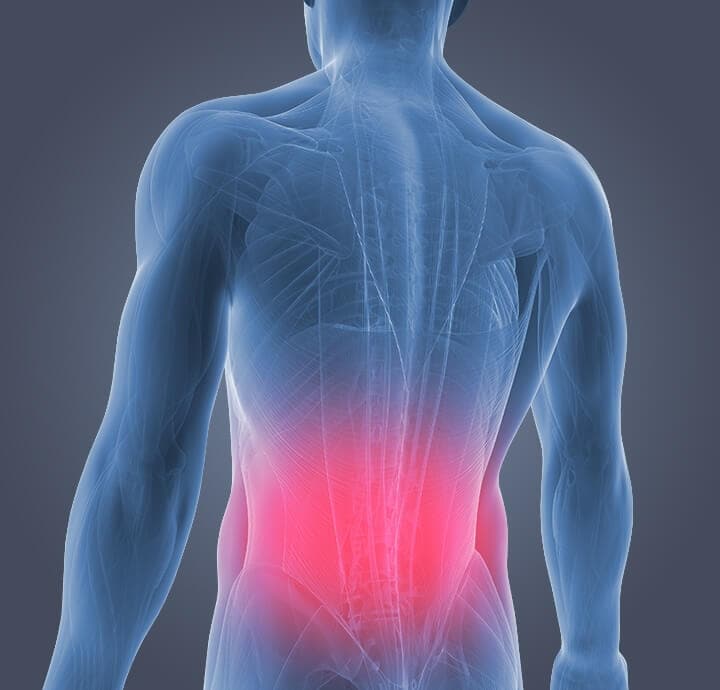Pain management is a specialized field of medicine that aims to alleviate and control physical discomfort and suffering. It involves a comprehensive approach that encompasses various strategies to improve a patient’s overall quality of life and minimize suffering. The primary goal of pain management is to address acute or chronic pain, enable patients to function better, and enhance their overall well-being.
One essential component of pain management is accurate diagnosis. Medical professionals first evaluate the patient’s condition and determine the underlying cause and nature of the pain. This assessment helps guide the development of an individualized treatment plan tailored to each patient’s specific needs.
Treatment strategies involved in pain management vary depending on the type, severity, and duration of the pain. Non-invasive techniques such as physical therapy, occupational therapy, and exercise programs may be employed to improve functionality and increase strength and flexibility. Medications, including over-the-counter pain relievers, non-steroidal anti-inflammatory drugs (NSAIDs), opioids, and antidepressants, might be prescribed to alleviate pain and provide relief.
Interventional procedures can also be utilized for pain management, such as nerve blocks, spinal injections, or implantation of devices that deliver medication directly to the affected area. In more severe cases, surgical intervention may be necessary to address the underlying cause of the pain.
Additionally, pain management incorporates psychological and emotional aspects. A patient’s mental and emotional well-being is essential in pain management, and techniques such as cognitive-behavioral therapy and relaxation exercises may be employed to control anxiety, depression, and stress associated with chronic pain.
With pain management, a multidisciplinary approach is often adopted. Specialists from diverse fields such as anesthesiology, neurology, psychiatry, and physical therapy collaborate to ensure a comprehensive and holistic treatment plan tailored to the patient’s unique needs.
In conclusion, pain management is a multi-faceted approach to address and alleviate physical suffering. It involves accurate diagnosis, an individualized treatment plan, and a combination of medications, non-invasive techniques, interventional procedures, and psychological support. By addressing the physical and emotional aspects of pain, pain management strives to improve a patient’s quality of life and overall well-being.
Is pain medicine and pain management the same?
Instead, pain medications are often a short-term treatment to help a patient cope until they are recovered from surgery. But pain management is a method that can be used to reduce the need for surgery.
What is the most common form of pain management?
The most common form of pain management is medication. When used correctly, it is an effective way to relieve pain and help patients manage their conditions. It can be OTC, prescription medications, creams, gels, or injections.
What is the most commonly used pain relief?
Acetaminophen. Acetaminophen is usually recommended as a first line treatment for mild to moderate pain. It might be taken for pain due to a skin injury, headache, or conditions that affect the muscles and bones.

What is the difference between pain management and interventional pain management?
Unlike traditional pain management, interventional pain management uses minimally invasive procedures to, quite literally, intervene and disrupt the signals of pain. These might include steroid injections, joint injections, or other therapies.



